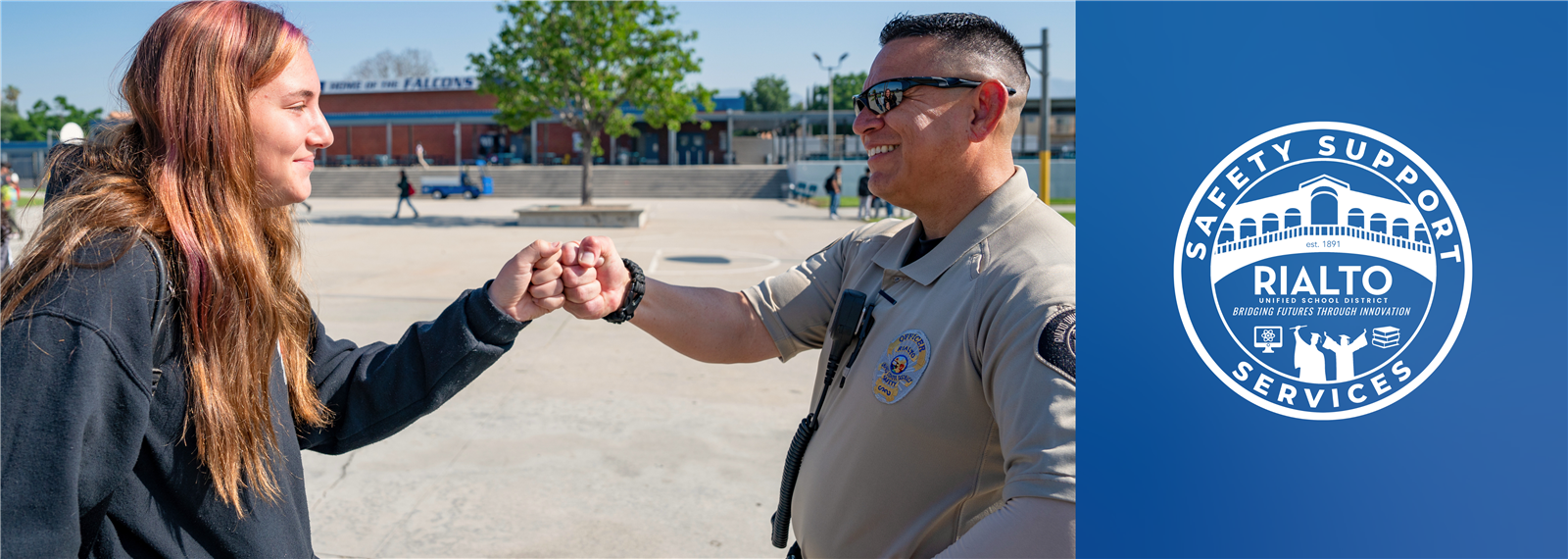Bomb Threat
-
The following are steps the District may take in the event of a critical incident involving a bomb threat. We encourage you to review and become familiar with the information available on this webpage.
If you receive a Bomb Threat:
Stay
CalmPay Close
AttentionObtain Vital InformationCall 911 and Provide Them with your InformationVery important: If you are told by emergency responders to evacuate the building, follow your site evacuation procedures
- Check your work area for unfamiliar items
- Do not touch suspicious items; report them to the authorities.
- Take personal belongings when you leave
- Leave doors and windows open; do not turn light switches on or off.
- Use stairs only; do not use elevators
- Move far away from the building and follow the instructions of emergency responders.
Bomb threats have many different delivery forms. With the increase in technology, delivery methods may change. Some common methods of delivery may be by telephone, in person, email, written note, social media, packages or other means. Every bomb threat is unique and should be handled in the context of the site or environment in which it occurs. Site Administrators or designees, and law enforcement must always be consulted to determine the credibility of the threat and the next course of actions.
Staff must:- Remain calm
- Call 911 and/or Safety Control. Notify Administrator or designee
- Provide location and other pertinent information
- Account for all students and staff
Complete Department of Homeland Security Bomb Threat Checklist
Telephone or in person:- Keep the caller on the line for as long as possible. DO NOT HANG UP, even if the caller does
- Listen carefully. Be polite and show interest.
- Try to keep the caller talking to learn more information.
- If possible, write a note to a colleague to call the authorities or, as soon as the caller hangs up, immediately notify them yourself.
- If your phone has a display, copy the number and/or letters on the window display.
- Write down as much detail as you can remember. Try to get exact words
- Record the call, if possible
Email, written note or social media:
- Relay all related communications to Administrator or designee and law enforcement
Limit physical contact with handwritten letters or notes
Packages:- Evacuate building or affected area
- Avoid using radio, cellular phone or mobile data terminal within the isolation distance
- Do not move or manipulate package
Bomb Search- Law enforcement and/or the fire department shall conduct bomb search
- Note and communicate all items or packages that may be suspicious, out of place or other abnormalities
- Avoid using radio, cellular phone or mobile data terminal within the isolation distance
- Staff may assist in this search at the request of law enforcement
- No other school staff shall search
- Do not handle any explosive or incendiary device
- No staff or students shall reenter the threatened building(s) until law enforcement and/or the fire department staff advises the Principal or designee that reentry is safe
For more information regarding an RUSD School Site Comprehensive School Safety Plan, please visit the school's main office.
California Education Code (EC) Section 32281(a) requires every kindergarten through grade twelve school, public and public charter, including community and court schools, to develop and maintain a CSSP designed to address campus risks, prepare for emergencies, and create a safe, secure learning environment for students and school personnel. In a school district with fewer than 2,501 units of average daily attendance, there may be one CSSP for all schools within the district.
The law requires designated stakeholders to annually engage in a systematic planning process to develop strategies and policies to prevent and respond to potential incidents involving emergencies, natural and other disasters, hate crimes, violence, active assailants/intruders, bullying and cyberbullying, discrimination and harassment, child abuse and neglect, discipline, suspension and expulsion, and other safety aspects.
Schools, districts, and COEs all play a role in effective school safety planning and are responsible for familiarity with, and fulfillment of, applicable requirements of EC sections 32280–32289.5
 .
.












